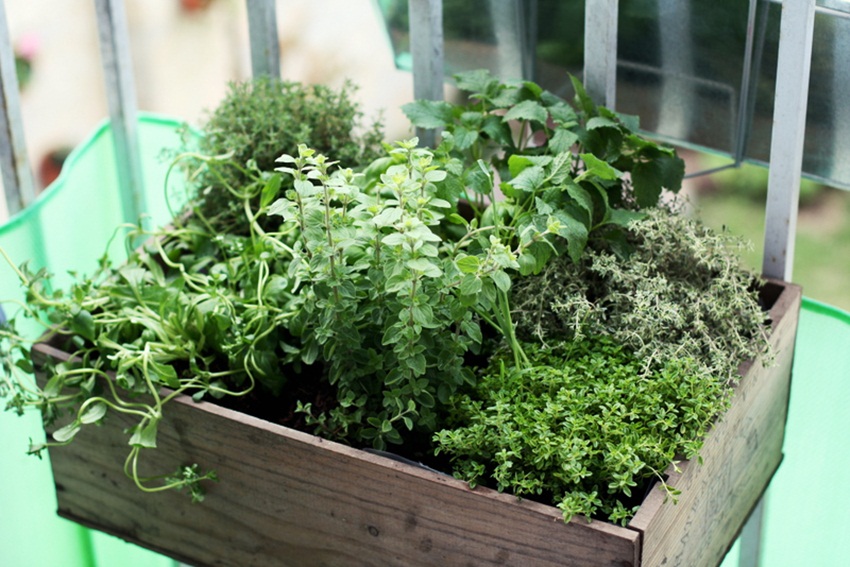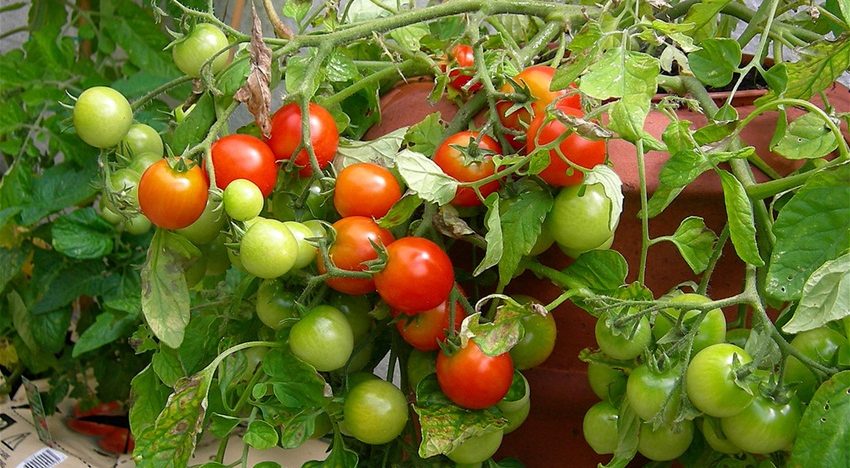Keep in mind that tomato and brinjal plants need a lot of sunlight when planting them at home Photograph by Mrs eNil/Flickr
Setting up your kitchen garden is not as messy or difficult as it seems – many of our homes have at least one plant if not tulsi, an Indian cousin of the basil, growing on a window sill or in the balcony – herbs, greens and even root vegetables grow fairly easily. “This is the right time to grow seasonal greens such as palak, methi, dhania, bathua and even rocket lettuce,” says Kapil Mandawewala, founder of Edible Routes, a Delhi-based company that creates and manages organic farms and urban food gardens. Greens yield faster results and are ready to be harvested in about a month. “You also get the volume you need from greens, which is enough for one time of cooking,” adds Mandawewala. It’s also the season to plant staples such as garlic and onions. “One clove of garlic is enough for one plant and to grow onions, look for the smaller onions in the market or get onion seeds,” says Mandawewala.
There are four factors to note if you’re planting a kitchen garden and Mandawewala explains why they’re crucial to get keep your plants happy.
Sunlight
This is the first thing that you have to assess – how much sunlight a plant needs. Tomato or brinjal plants need atleast six hours of sunlight. Greens, herbs and root vegetables such as ginger and turmeric, on the other hand, don’t need as much sunlight.
Potting Mix
Most people complain that the soil they use turns hard and compact. This is because the soil needs a mix of compost and vermiculite so that it can retain moisture. The soil needs to be porous for two reasons: so that it can absorb oxygen and maintain a water balance.
 Herbs don’t need too much sunlight or water. This is the right time to grow seasonal herbs such as oregano, thyme and sage. Photograph by Suzette/Flickr
Herbs don’t need too much sunlight or water. This is the right time to grow seasonal herbs such as oregano, thyme and sage. Photograph by Suzette/Flickr
Water
Keep an eye on the water levels and ensure that water is drained properly and there’s no water logging in either the pots or the patch of land where you’ve set up your kitchen garden.
Container
Ensure that you use a raised container, where the level of soil is slightly lower, so that soil remains aerated and the water drains well.










